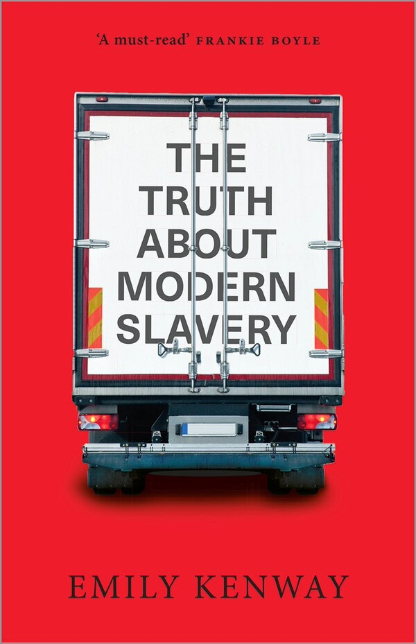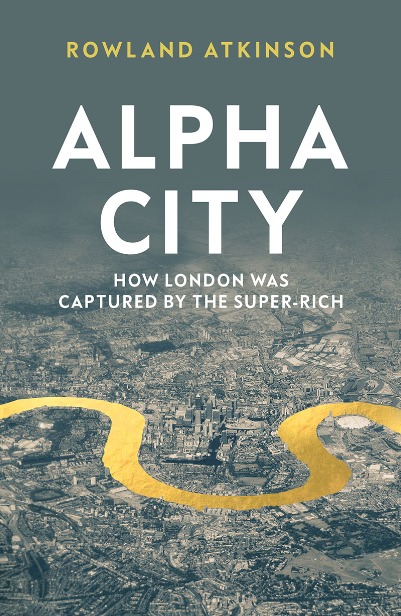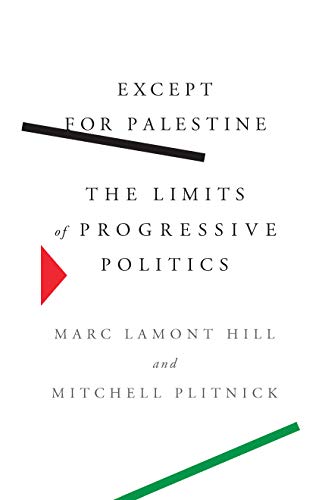Capitalism, Alone: The Future of the System That Rules the World, Branko Milanovic, Belknap Press, 2019, pp. 287, ISBN: 978-0-674-98759-3
Economists working on income inequality tend to write books that read more like a balance sheet of payment than a narrative. Remarkably, Piketty had managed to write a book that describes rising income inequality and top the charts. Still, it is telling that according to an Amazon Kindle analysis, the majority of people got to page 27 (middle of the introduction) and gave up. Branko Milanovic’s previous books struck me similarly as challenging to get through due to their data-driven narrative. However, in his latest Capitalism, Alone, he combines theory and data differently, propounding theories and policies that are supported by data, rather than drowned in it.
Milanovic’s premise is that the world now operates according to a single dominant economic principle – the capitalist mode of organization. Production is organized for profit using nominally free wage labour and privately-owned capital. The uncontested mode of production, however, is implemented by different political regimes. According to Milanovic, we can divide capitalist political regimes into two broad categories: the liberal meritocratic capitalism of the United States and the state-led political capitalism of China. Economic activity occurs in competition between the two regimes and has led to geopolitical rebalancing with the recent rise of Asia. Political capitalism behind the rise of Asia also questions the dominant paradigm that views the development of capitalism as leading to the rise of liberal democracies, and begs the question Capitalism, Alone seeks to answer: where is the world headed?
Liberal meritocratic regime features production carried out with privately-owned means of production and using legally free labour with investment decisions made by private individuals. It is rooted in John Rawls’ principle of fair equality of opportunity, which states that “those who are at the same level of talent and ability, and have the same willingness to use them, should have the same prospects of success regardless of their initial place in the social system.” Nominal equality, however, does generate actual inequalities. For Milanovic, forces that generate inequalities in the liberal meritocratic system stem from the intrinsic properties of capitalism. The ownership of capital is highly concentrated, and in a society that sees increasing income from capital, it will naturally lead to higher returns on those very assets owned by the rich. Inequality is further deepened by the existence of highly paid labour aristocracy, which draws even more income from their labour. Milanovic dubs this “association of high capital and high labour income in the same individuals” as homoploutia, which is itself a product of these individuals’ ability to acquire higher levels of marketable “human capital.” These individuals are then more likely to intermarry and perpetuate the existence of their class and impede social mobility.
Political capitalism, on the other hand, is modelled off Deng Xiaoping’s reforms in China in the late 1970s, in which he sought to create an efficient administrative state. In so doing, he centred the State as the ultimate rule-maker and gave it the ability to justify its socio-economic interventions post facto by creating laws that legitimate them. This relative autonomy allows the administration to distribute economic benefits based on political allegiances. Milanovic rightly identifies contradictions in this system by pointing out that a bureaucracy that does not follow the rule of law, coupled with an autonomous state, will give rise to endemic corruption. This will, in turn, threaten the stability of the State if left unchecked, and in China, the increase in instability is evident in the recent rise in labour unrest. The Chinese government reported 10 thousand mass incidents (protests) in 1994, and in 2005, the year they stopped issuing the reports, the number climbed up to 87 thousand. The legitimacy in part must stem not only from efficient administration but also on the continual distribution of economic gains. The slowdown of economic growth might lead to the breakdown of the system, as politics begins interfering with economics. It would be interesting to speculate what an implosion of a political capitalist regime might turn into, especially with such high levels of labour unrest and organizing.
The two systems converge in their protection of private property rights and refusal of the democratic rights of the working classes. Both lead to inequality by entrenching and enriching the elites at the expense of the workers.
The interaction between the two systems of capitalism is reflected in differently structured societies. Milanovic argues that mobility of labour and capital is the main feature of globalization, and speaks of “citizenship premium” and “citizenship penalty,” economic rent one extracts from their place of birth. The focus on labour mobility and its political consequences fails to acknowledge the intrinsic link between the very difference in citizenship premiums. He maintains that “today, for a country to develop, it must be included in Western supply chains rather than try to delink from the rich world.” Inclusion of the Global South in Western value chains reflects the so-called global labour arbitrage, which affords the workers in the Global South poverty wages, thereby allowing the Western investor to extract a relatively higher surplus-value and obtain higher profits. By providing a cheaper product to the consumer in the West, capitalism subsidizes Western workers at the expense of the ones in the Global South. At the same time, it prevents the formation of bonds of solidarity between the workers by pitting them against each other. Therefore, liberal meritocratic capitalism requires unrestricted global mobility of capital and a cheap workforce to sustain itself despite its intrinsic inequalities.
Lower wages are the very reason why Western companies transferred their production to East and South East Asia. While it is true that “when production is delocalized, the quality of the institutions, infrastructure, and politics in the recipient country matters,” Milanovic is wrong to suggest that this would lead to an institutional transfer from the center to the periphery. In fact, should the socio-economic setup change to reflect an increase in workers’ livelihoods, production would move elsewhere, as is currently happening in China. As the workers’ wage increases, producing labour-intensive manufacturing goods becomes less cost-effective, and the investors, due to unimpeded capital mobility, move to other countries (increasingly Vietnam and India). If anything, the more oppressive the political regime, the better it is positioned in the global value chains, the more it becomes integral to the world capitalist system. Surprisingly, Milanovic sees this inequality between the rich and the poor countries as constituting a “coalition,” a rather harmonious concept for a system that harms billions.
Rather than categorically separate the citizenship premium from the citizenship penalty, Milanovic’s analysis would have benefitted from examining their economic interdependence, instead of political consequences. Global value chains are used to undermine labour in the richer countries while exploiting labour in the poorer ones, and the difference in citizenship premiums is a necessary corollary. This drawback is the result of Milanovic’s focus on the political features of two seemingly separate categories of capitalist systems without their underlying dependence. Likewise, his generous treatment of global labour mobility overstates its existence. Generally, labour mobility is intrinsically connected to class, with higher class moving more seamlessly across the borders and entering particular high-value links of global supply chains. Immigrants escaping war, poverty, destitution move illegally, and their movement is heavily policed and militarized. Their lives are imprisoned in a limbo of boredom and statistical non-existence.
Ultimately, Milanovic does not believe that capitalism can be replaced in the foreseeable future and that the focus should be on constructing a form of people’s capitalism. This people-centred capitalism would seek to increase income from capital for labour and create a tax environment conducive to social mobility. However, it is arguably impossible to create a system in which everyone gets approximately equal income from capital and labour if the very system within which we operate is based on the owners of capital and those having to sell their labour. He advocates for the introduction of “citizenship light,” which would afford welfare benefits to immigrants, but not full citizenship rights. In so doing, he believes that the political consequences and backlash arising from increased migrant presence would be addressed. Additionally, Universal Basic Income could be introduced to combat unemployment. These policy recommendations would be implemented, as Milanovic acknowledges, within the context of amoral hypercommercialized capitalism that atomizes in order better to commodify.
It would be misguided to ask toward which system capitalism is headed. It is neither liberal meritocratic capitalism, nor political capitalism, but both. Capitalism as a world-system may be composed of different political regimes, but as a whole, it is premised on the global division of labor and varying rates of exploitation. Its future will, therefore, be determined by a concerted effort of the oppressed to overcome it.




